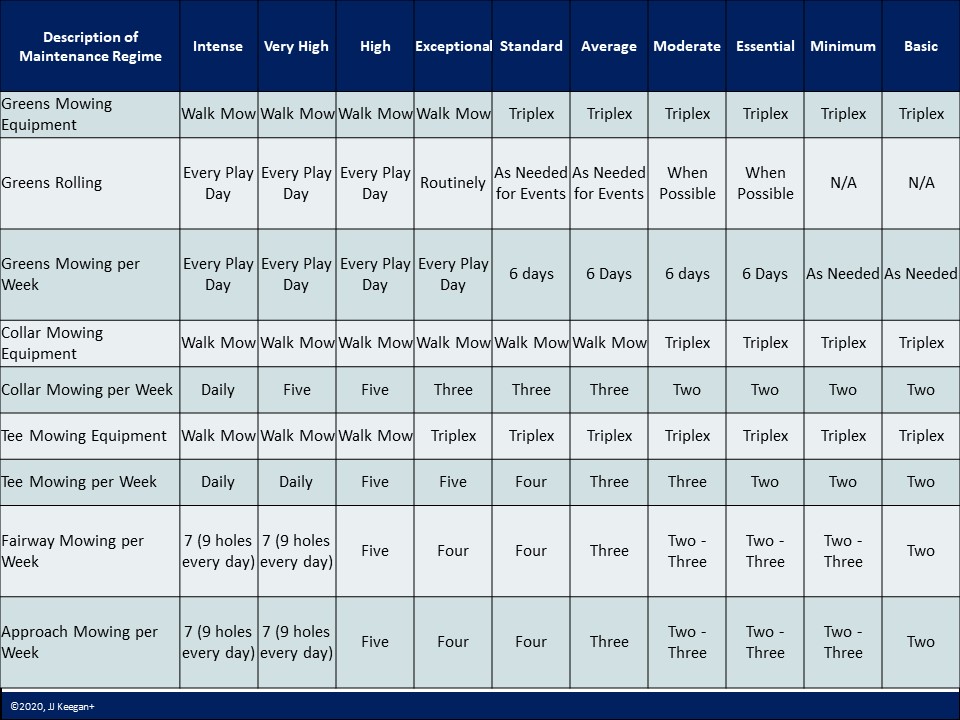
A golf course designed by an architect appears that way only on the day it opens. It is a living organism that is continuously changing.
The task of the golf course superintendent is daunting in many ways. The education they receive in turfgrass sciences is impressive. It is the knowledge of chemists, physicists, agronomists, and landscape architects wrapped into one profession.
Their role as the quarterback, whose prime performance is necessary every day, is underappreciated and taken for granted. With unraked bunkers, divots on tees not filled, rough not maintained, fairways not crisp, and greens are not rolling smoothly to fair pin positions, the complaints would roll in quickly. A golfer often blames his ‘problems’ on the course conditions he played on, not his lack of his ability.
Often it is said that golfers should not be allowed to play until they spend several days on the maintenance crew. It would give them an appreciation for the professional efforts made by a dedicated team to create a playing field of note.
A golf course’s annual maintenance cost can range from under $200,000 to over $2.5 million. It’s hard to believe that roughly the same amount of land could have such wide-ranging expenses.
One of the significant differences in the maintenance practices of low-end courses, when compared to elite golf courses, is how often they aerate, verticut, and top dress the greens. An elite golf course will top dress biweekly and may even drill press the greens annually, removing up to 20% of the underlying surface matter on a green. The goal is to improve the quality of the putting surface and reduce the cost of watering by improving drainage, reducing soil compaction, and controlling thatch development.
Do you realize all of the tasks required to maintain a course properly?
One of the most accomplished superintendents serving in the role of a leading consultant is Michael Vogt, Certified Golf Course Superintendent, Certified Golf Irrigation Auditor, and Water Sense Partner. He is affiliated with the McMahon Group, the leading private club consulting firm in the golf industry. Here he summarizes the broad responsibilities and the frequency of various tasks performed between the entry-level and the finest maintained golf courses in the United States.
In the chart below are nine of 19 repetitive tasks.

To learn the additional tasks at each of the 10 levels of maintenance and the associated costs, the chart is available for purchase from Mike Vogt, CGCS, for $100 as it provides a quick insight if a golf course’s maintenance costs are aligned with labor hour investment. (Call 303.596.4015 for more information).
Aeration is one of many tasks necessary to ensure quality putting green turf, but it comes with a cost. When aerating greens, the golf course will either shut down for a day or close nine holes for two days to get done. Afterward, it can take up to two weeks for the turf to heal. How much revenue is forfeited by discounts, lost rounds, and lost sales in the pro shop and restaurant? These are issues that must be faced by all decision-makers who are responsible for cash flow.
We often moan about having to maintain our yards at home. Hopefully, no more!
Author: JJ Keegan, Envisioning Strategist and Reality Mentor. Click here
© 2021, JJKeegan+